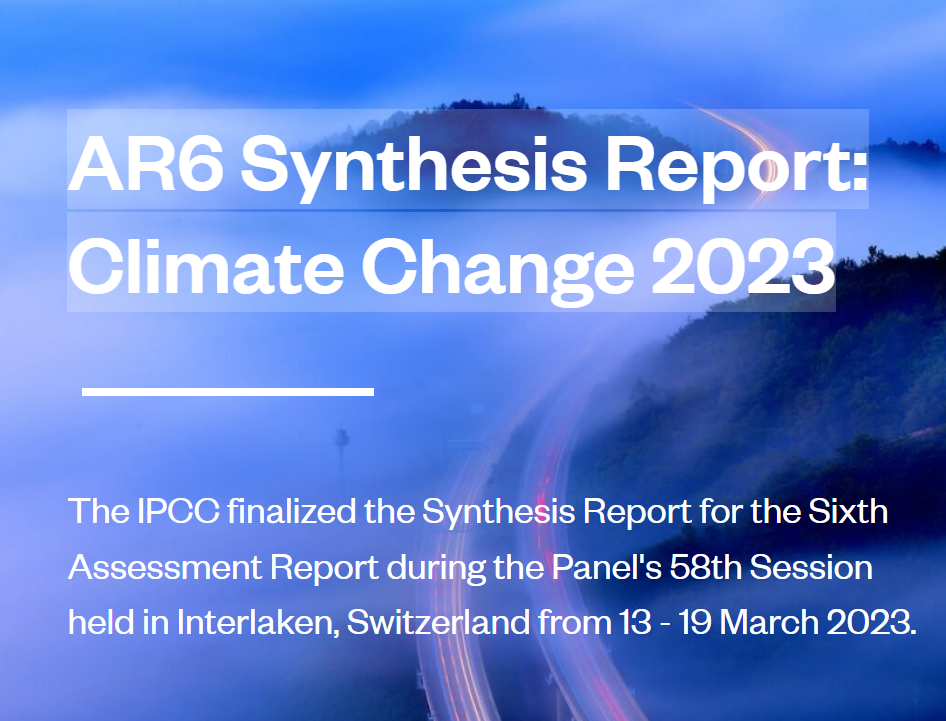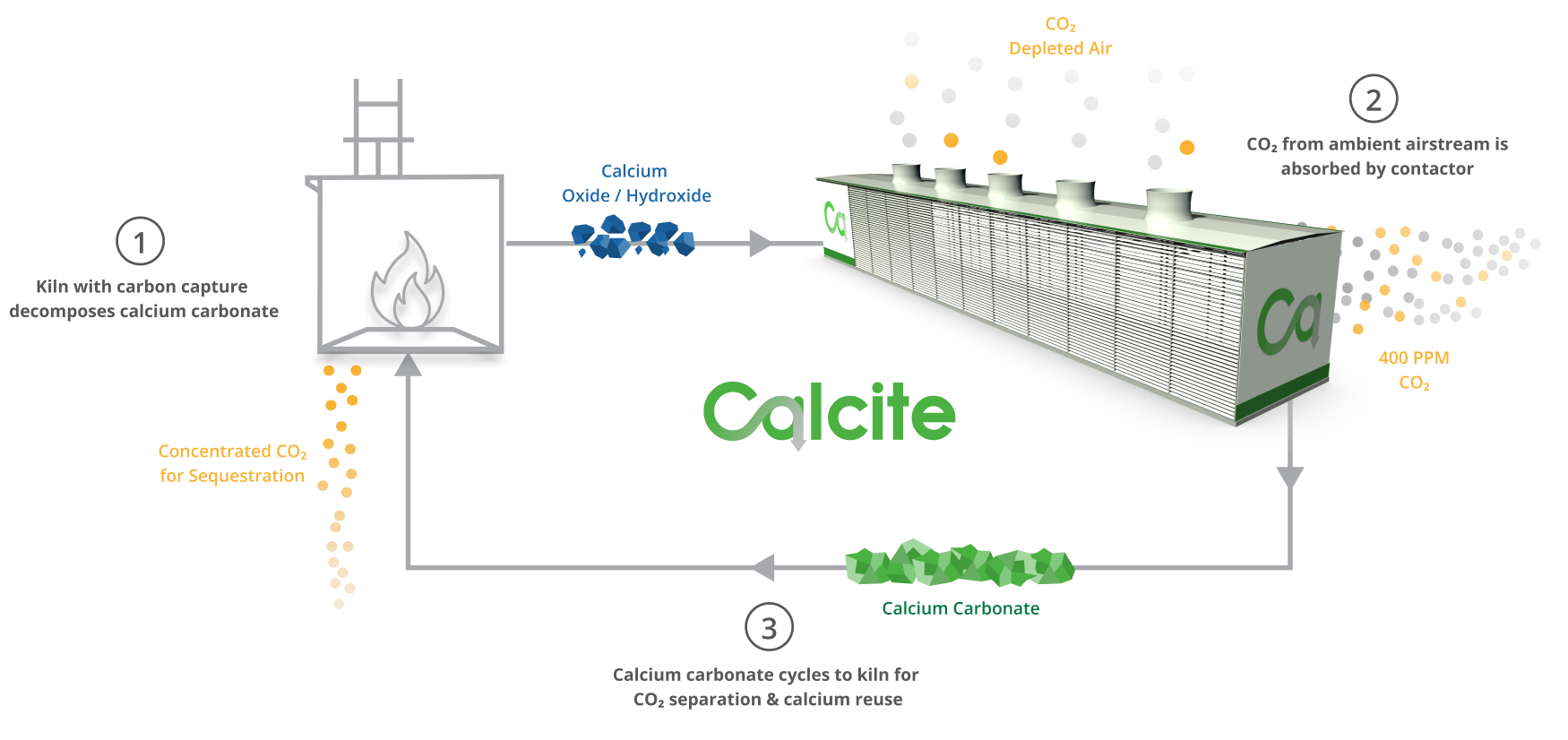The IPCC Upshot: Act Fast, Scale Faster
Last month, the Intergovernmental Panel on Climate Change (IPCC) released their 2023 report. This 10,000-page report (and 37-page summary) synthesized nearly a decade of research findings across climate change’s physical science, global impacts, and mitigation.

With this report, the IPCC affirms that to stay within current targets of 1.5 degrees Celsius of warming with little to no overshoot, we must act now to cut emissions drastically, across all industries and geographies.
Across the global economy, many emphasize the goal of reaching a net-zero world by 2050. Less discussed but perhaps even more crucial are the interim goals over the next ten years. To stay within 1.5 degrees Celsius or less, the report says, global CO2 emissions must peak by 2025 at the absolute latest – and then we must reduce them by 43% from 2019 levels by 2030.
Reductions vs Removal: Moving from “Or” to “And”
Historically, some critics have bifurcated emissions reductions from carbon removal. They argue that scaling carbon dioxide removal (CDR) is at best too expensive an investment to be worthwhile at scale, and at worse a distraction that risks encouraging the continuance of the fossil-fueled status quo. To combat climate change successfully, we must move beyond this “either/or” approach and see CDR – especially its cutting-edge constituent, direct air capture (DAC) – as a necessary complement to emissions reductions.
The IPCC’s eight years of research make clear: emissions reductions alone are not enough. Meeting our climate targets is feasible only if we swiftly and urgently deploy every tool in our global toolbox at scale. We must supplement comprehensive emissions reductions with rapidly scaled carbon removal. Every single viable pathway the IPCC identified that keeps us within our 1.5 Celsius targets involves at least some carbon removal. Whether that removal entails biotic strategies, like restoring health to our forests and grasslands so they can better capture CO2 naturally, or abiotic approaches, like carbon mineralization or DAC, the world must lean into both emissions reductions and carbon removal simultaneously if we are to meet our climate goals.
State of Carbon Dioxide Removal
“The State of Carbon Dioxide Removal,” a 2023 study led by Oxford researchers, concurs with the IPCC’s carbon removal imperative. “To limit warming to 2°C or lower, we need to accelerate emissions reductions [and] increase carbon removal…by restoring and enhancing ecosystems and rapidly scaling up new CDR methods,” says Dr. Steve Smith, a researcher at the Smith School of Enterprise and the Environment at Oxford University involved in this first comprehensive global assessment of CDR.
The researchers say new CDR technologies like DAC must expand to capturing 0.96 billion tons of CO2 per year above 2020 levels by 2030 and an additional 4.8 billion tons per year by 2050 – a far cry from the 0.1 – 0.65 billion tons per year and 1.5 – 2.3 billion tons per year that experts currently predict for 2030 and 2050, respectively. Bridging this gap necessitates scaling “innovative” CDR technologies, such as DAC, by a factor of 1,300 between now and 2050.
DAC – a Best-Practice CDR
There are many types of carbon dioxide removal technologies coming available. Researchers generally agree that, to be effective, carbon removal methods must meet five key standards:
- Measurable: third parties must be able to quantify how much carbon dioxide a removal method sequesters, minus the apparatus’s embodied carbon and operational energy
- Verified: parties must confirm that carbon has indeed been sequestered in long-duration storage
- Additional: CDR must only count sequestration of carbon that would not have been removed otherwise
- Durable: removed carbon must stay out of the atmosphere for at least a millennium
- Sustainable: carbon removal must not harm the local community or its ecosystems
DAC – a process which separates CO2 from atmospheric air and then stores it permanently underground (or in long-lived products, such as concrete) – can meet all five of these specifications. As such, it will prove integral to the scaling of CDR that we need to meet our energy-transition goals.
8 Rivers’ DAC Contribution – Calcite
At 8 Rivers, we believe in DAC’s potential so much that we developed our own. Calcite, our XPRIZE-winning solution, uses the natural carbon-absorbing properties of calcium hydroxide (Ca(OH)2) to produce a cost-effective and scalable method for pulling CO2 from the air.
Optimizing chemistry while minimizing technical risk, our Calcite process captures CO2 for permanent underground storage at exceptionally low investment and high ROI. Our reliance on abundant, non-toxic feedstocks and well-understood industrial processes enables us to scale rapidly. With lab validation completed and pilot-scale development underway, we aim to support the world’s climate targets by removing millions or even billons of tons of CO2 as our technology scales.
While the primary focus of decarbonization is, and must remain, decarbonizing emissions directly, climate models show that carbon removal will be a necessary supplement to abatement efforts. Within industries where decarbonization technologies are not yet at scale DAC solutions like Calcite and others will be an essential pillar of that effort.
To learn more about our carbon removal technology, Calcite, click here.
